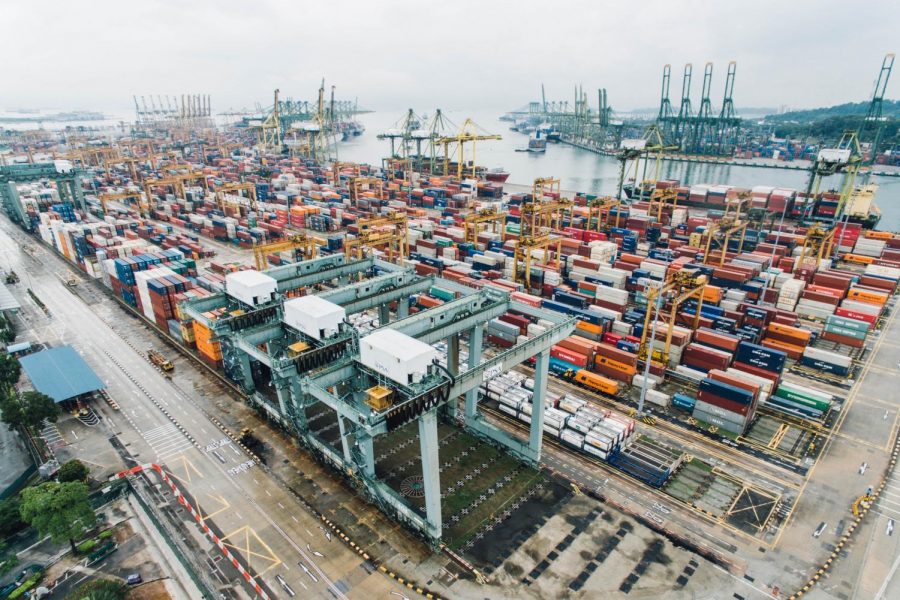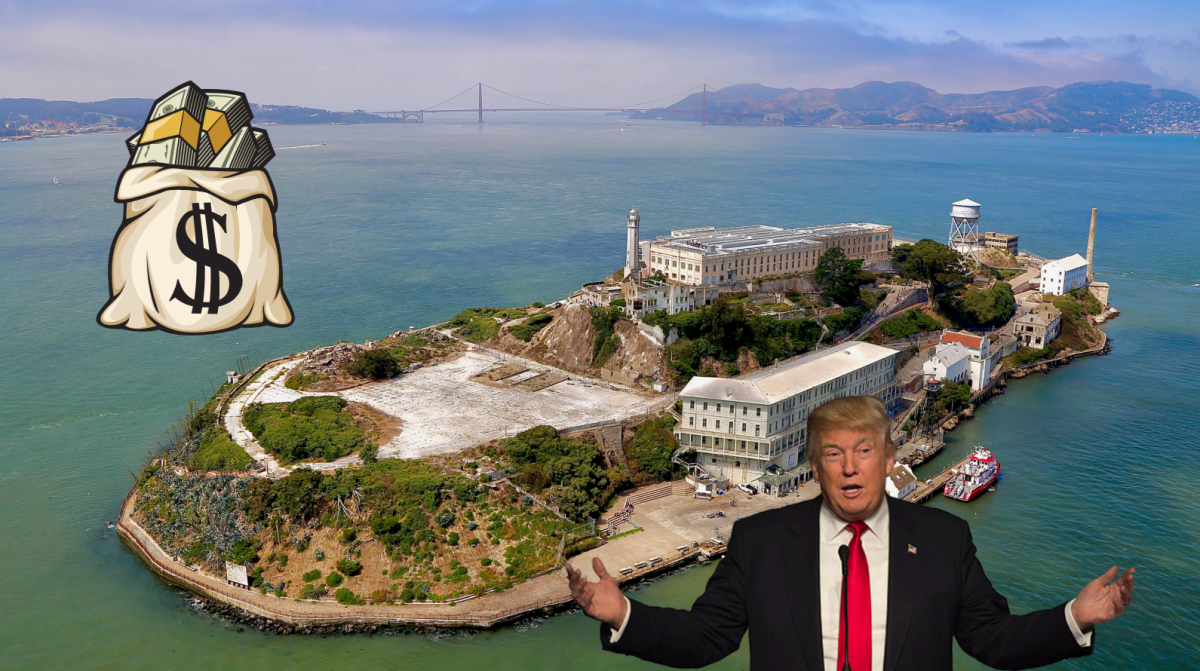The profound effects of the pandemic continue to plague the United States. As US markets attempt to recover, companies have boosted spending on an increase in supply to please the eager public.
Excessive congestion in the Port of Los Angeles, California’s largest port, holds approximately $24 billion worth of goods on ships awaiting arrival into the United States. This drawback poses trouble as businesses rely on the punctuality of goods’ arrival to satisfy their customers’ never-ending wants and needs.
The backup on the Pacific coast is attributed to many different factors, including a labor shortage due to COVID, a lack of storage space for containers and certain ships surpassing height and size standards to enter the port with full access to docking sites.
The unfortunate dilemma on the West Coast has affected a nation of hungry consumers.
PV senior Sydney Brandmeyer explained her experience with extended wait times for items outside of the country. “I ordered a couple of items from a popular clothing website named Shein based in China. The confirmation email told me the merchandise would be delivered in about two weeks. It took four weeks [or double the estimated time] for me to finally receive the goods,” she said.
“It was disappointing to me because my purchases were for a friend’s birthday and I could not get the items to her on time.”
This event is one of millions in the United States which have occurred in recent weeks and is unsettling for Americans who are in need of certain medications or vital purchases for their health.
California Governor Gavin Newsom issued an executive order last week commanding state agencies to open up state, federal and private land for container storage. This effort, he explained, should aid in the release of tension in California’s most prominent ports.
“California’s ports are critical to our local, state, and national economies and the state is taking action to support goods movement in the face of global disruptions,” said Governor Newsom. “My administration will continue to work with federal, state, labor, and industry partners on innovative solutions to tackle immediate challenges while also bringing our distribution processes into the 21st century.”
As supply chain issues arise in America due to a struggling task force and economy, everyday citizens should expect to see some changes, specifically small business owners.
With supply chains not functioning properly, imbalances between supply and demand come into play. This is a problem because companies are forced to pay more for goods, in turn, triggering higher costs at which customers purchase them. This leads to an unhappy producer and a dissatisfied consumer – a mix no economist enjoys.
An article exemplified the comparison between pre and post-COVID port traffic. “Pre-pandemic, it was unusual for more than one ship to be in the waiting lane at the No. 1 U.S. port complex, which handles more than half of all American imports,” it said.
Blue-chip companies like Walmart and JPMorgan Chase do not have the time nor patience to wait months for inventory to arrive, so they have taken matters into their own hands. “Chartering vessels is just one example of investments we’ve made to move products as quickly as possible,” said Joe Metzger, U.S. Executive Vice President of Supply-Chain Operations at Walmart.
These companies are paying out-of-pocket funds for their own shipping instead of having it done for them by a middleman. This complication exerts high stress on both sides of the spectrum of the producer-consumer relationship: businesses have to hire more people and risk not making a profit, and customers have to wait extra long for goods that are typically at their disposal.
Businesses are now forced to pay a generous price for their own shipments, people must wait extended periods of time for their goods to arrive and the US’s supply chain complications have lowered the morale of business in the country for years to come.
As the US attempts to seek light at the end of a very dark tunnel, businesses will be required to adapt to longer wait times and impatient consumers due to bustling ports. Supply chain ramifications will not be resolved until possibly next year, so expect to see new and unique modes of transportation of goods within the coming months.










Michael Carberf • Nov 6, 2021 at 2:16 am
Great article. Maybe expand past California and talk about other states Like New York.
Logan Garrison • Nov 4, 2021 at 1:45 pm
I think the congestion of the port is a crazy problem we need to fix. For me it makes me scared for the future because what if it continues to get worse? what if we cant get things we need? these are all things I think we should keep in mind. Hopefully the port can get cleared so no serious problems arise.